Ever since Peter Pan mistook a thimble for a kiss, we’ve been in love with these darling digit defenders. There aren’t too many sewing tools as personal, as intimate, as our thimbles. Fit, material, design, usage— all of these factors determine whether it will work or not when we choose our thimble. But with so many varieties on the market, where do you start?
Well we’ve got your back-hand, Q-bies. We’ve selected nine thimbles, most easily found at your local or online quilt shops, and then we used and abused them mightily. As usual, our Test Drivers held nothing back when dissecting the attributes of these finger covers. We grabbed a variety of materials— metal, leather and rubber— to try out, and a bunch of different styles. We tried thimbles that respect the needs of long fingernails and those that know some of us take our nails way down.
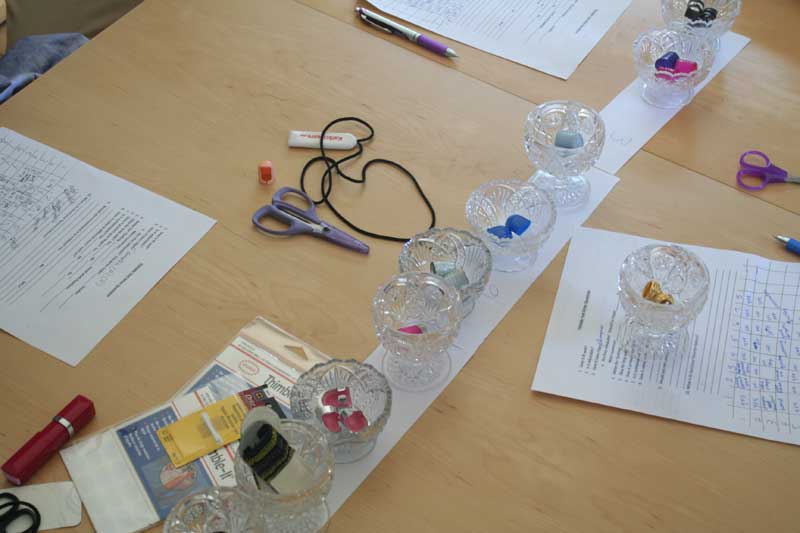
Then we also worked the thimbles in two ways. Piecing and hand sewing required holding our hands in one manner while hand quilting works with different movements and muscle systems. To test both techniques, we had a sample sandwich made up to practice quilting stitches. And being the queens of multitasking that we are, we helped one of our testers tack down a binding on a quilt-in-progress. That’s why our testers commented on different preferences for thimbles.
Of the most important criteria to consider when choosing a thimble, fit stands first. That’s because a loose thimble— no matter the material it’s made from—is too easy to move, slip and drop. A too-tight thimble is uncomfortable. Many thimble brands and models come in multiple sizes to allow perfect fitting.
Another issue is the thimble’s material. Pushing a needle sometimes requires enough pressure that a flimsy material won’t stand firm to the sharp point on the needle’s eye-end. You need something to protect your fingers, not lull you into a false sense of security. Unfortunately a couple of the thimbles we tested were just plain awful when it came to withstanding the needle’s push.
The last consideration is your personal preference. Do you have long nails? Then opt first for the thimbles with an opening. What about dimples, ridges and weight? Dimples and ridges help grip the needle during movement, but a pliable material like leather and some rubbers can also provide grip. Some thimbles are heavy and many more are light, so this is another matter of what works best for your hands. Also, how you go about quilting and sewing needs to be considered. Some of our Test Drivers work from the top of the finger. A couple pushed the needle with the side of their finger. And one tester prefers a little more grip to pull the needle through the fabric. There are also some quilters who work with some kind of thimble underneath the quilt, and we found that a couple of our sample thimbles were better suited for this kind of job.
Because there were so many thimbles to play with, we’re offering a simple list of comments captured during the testing. Some of the more important points— good and bad— have been highlighted. And unlike some Test Drives we’ve done where a standout is clear at the end, this one is a little murkier because of that personal preference thing. As always, our testers provide their assessments based on their, ahem, firsthand experiences. Being limited by space and time, we can’t evaluate every single thimble on the market. We’re confident our Test Drive will give you a boost to finding the thimble that sews best for you.
What We Tested:

1: Comfort Thimble, $7.98
“Ergonomically designed thimbles perfect for sensitive or arthritic fingers.”
The Comfort Thimble looks and feels big and clunky on a fingertip. It does grip well, but does not withstand the push of an aggressive needle. The needle went right through the thimble. We can’t recommend any thimble that doesn’t offer full protection out of the package.
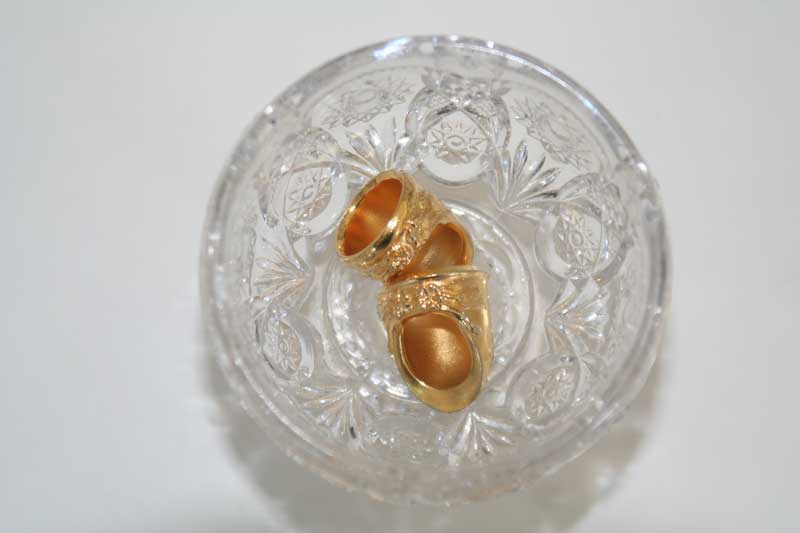
2: Colonial: Roxanne’s, Silver-plated &14K gold-plated $50.20, Highly polished bronze $82.20, Solid sterling silver: Call for price.
These gorgeous, pricey Roxanne’s comes in several different finishes. It’s fitted to your finger’s size and found at quilt shops and vendors’ booths at quilt shows. It can also be ordered directly from the website. One tester owns two, in two sizes, to accommodate the seasons. In the summer, her fingers are a little larger than in the cold winter. This was a favorite of two testers for quilting.
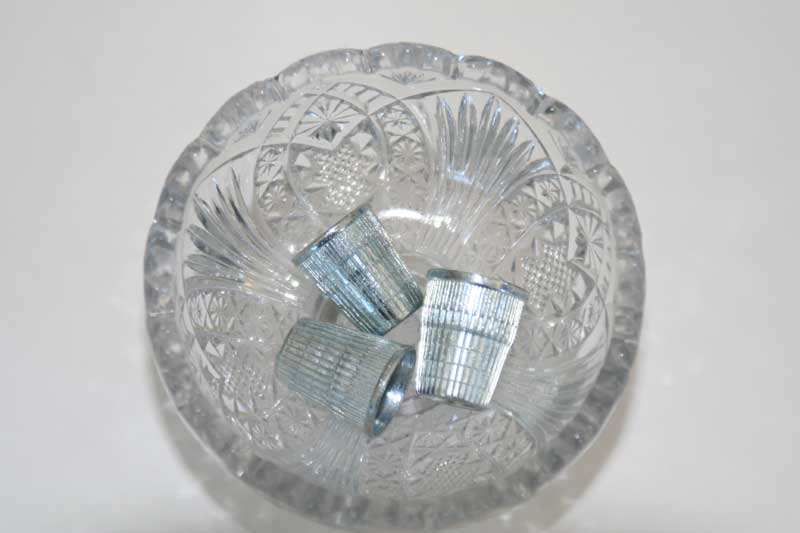
3: Dritz: Slip-Stop Thimble, #162, $2.79.
“Safety ridge on top keeps needle from slipping.”
All metal, the Slip-Stop is loaded with texture, which means a quilter has more control over her needle when she wears this thimble. It comes in three sizes and is easily found at most quilt and fabric shops. All of our testers liked this thimble, but for different uses. One preferred it for quilting while two others would use it for all-around stitching.
4: Clover: Open Sided Thimble, #6018, $11,
“Excellent for people with long fingernails.”
This is metal thimble is open on the backside to allow a fingernail to exist. It has dimples on the top and side and a small ridge along the outside edge that can help to push a needle through fabric. Was a top pick for multipurpose use.
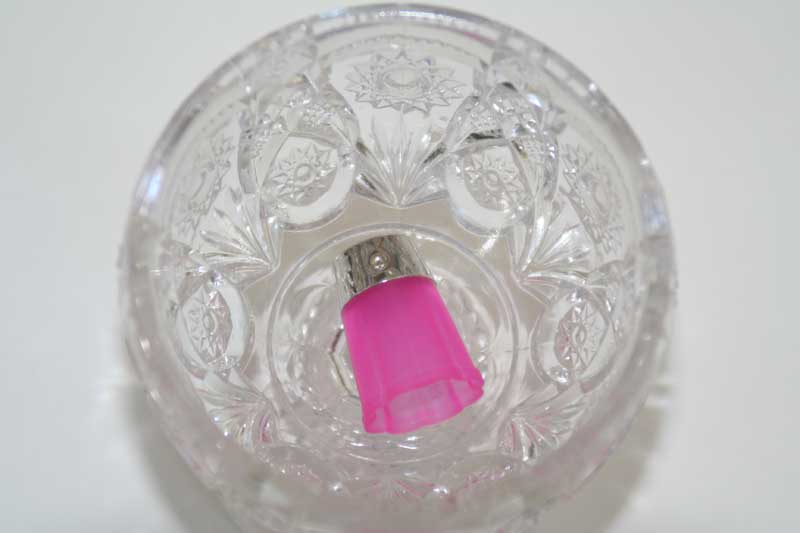
5: Clover: Protect and Grip Thimble, #6026, $8.95.
“Flexible Rubber for a Gentle Fit.”
It’s metal on the top and a pliable rubber on the body, which makes the Protect and Grip better at pulling needles. It comes in three sizes and the metal tip has dimples and a raised edge around the perimeter to help control the needle. Works great for applique.
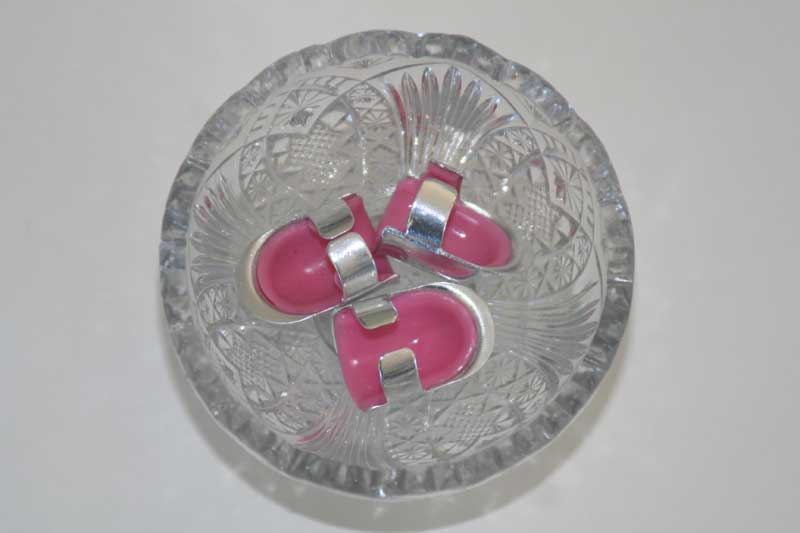
6: Singer: Comfort Fit Gel Thimble, #07330, $2.47
We wanted to like the Comfort Fit Gel Thimble. Really. With open back and squishy padding, it looked like a potential winner. But once it was out of the package, it felt like a cheap piece of metal with some unidentifiable but kinda gross substance on it. And it fell apart fast. Don’t bother.
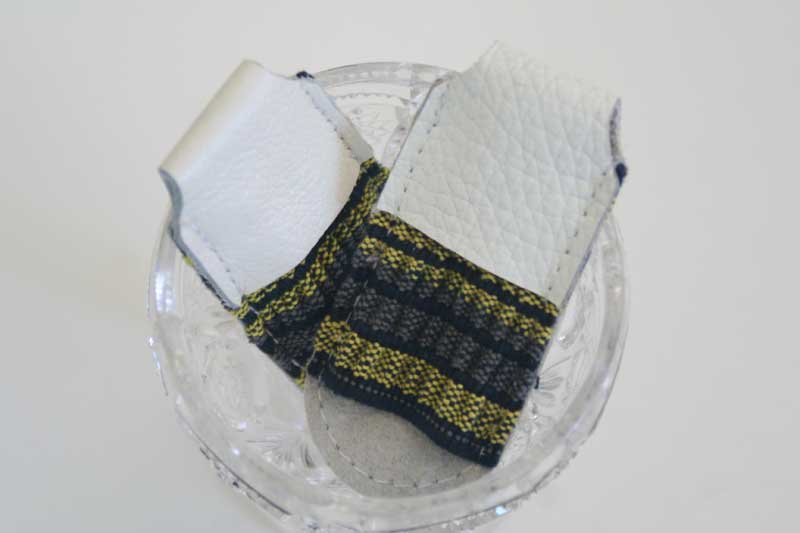
7: Dritz: Leather Thimble, #167, $5.99.
“One size fits all.”
The Leather Thimble has been around for ages and we’re not sure why. First, it’s big and awkward and no one can ever figure out whether the elastic is turned in or out on the finger. But, even more sinful, the leather is not enough protection against the point of a sharp needle eye. As one tester said, “I have no control with this. It’s like trying to quilt with a flip flop on your hand.”
8: Dritz: Soft Thimble, #169-M, $2.79,
“Flexible for Added Comfort”
All rubber, these colorful thimbles come in three sizes and look like they should work well. But the rubber is hard and there are no dimples to help grip the needles. Also, it’s pretty short in length and feels like it will slip off a fingertip, even at the correct size. However, one tester said it would work well to protect a finger underneath a quilt.
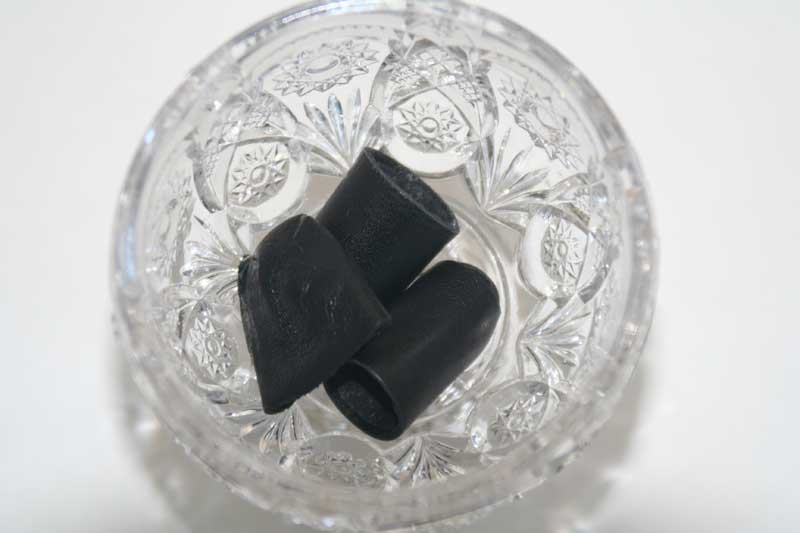
9: The Nimble Thimble Company: Nimble, $5.48.
“The soft thimble.”
The Nimble Thimble is a solid all-around choice for hand stitching. The leather grips the needle, and the small metal disc inside the fingertip gives the needed protection some other leather thimbles lack. But buy more than one because they wear out fast, both from the metal falling out and the leather stretching out of shape. This was the thimble of choice for three testers who do a lot of handwork.